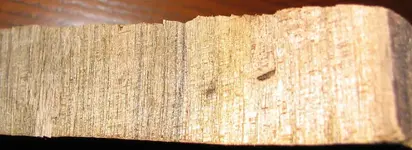A Reel Person
It's Too Funky in Here!!!
You've made a lot of progress, but hit a few dead ends.
I don't see how the different 0V rails not tying together would be a problem,... but I'm not an engineer. EVM blows my mind with a lot of this analysis, too. Props to him, for sure.
At what point do you just plug 'er in, back up and give it the "smoke test"???
Nah,... you're being conservative and that's most proper. You don't want to turn your M___ystery board into a flaming pile of junk, rat turds and all!

You've got yourself a real one-of-a-kind! It would be a real achievement to give this board a second life!
I don't see how the different 0V rails not tying together would be a problem,... but I'm not an engineer. EVM blows my mind with a lot of this analysis, too. Props to him, for sure.
At what point do you just plug 'er in, back up and give it the "smoke test"???
Nah,... you're being conservative and that's most proper. You don't want to turn your M___ystery board into a flaming pile of junk, rat turds and all!


You've got yourself a real one-of-a-kind! It would be a real achievement to give this board a second life!


 Don't like leaving one-of-a-kind parts at the hardware store...
Don't like leaving one-of-a-kind parts at the hardware store...


